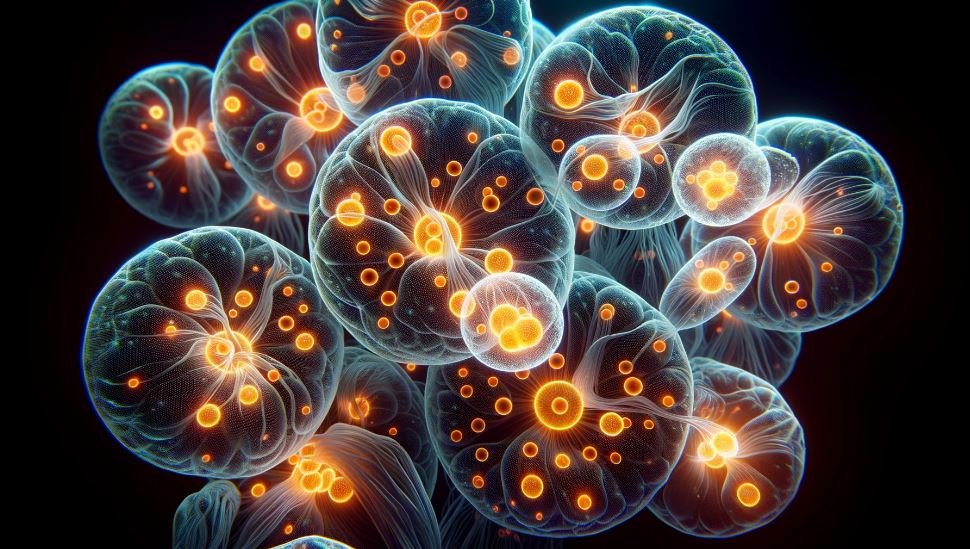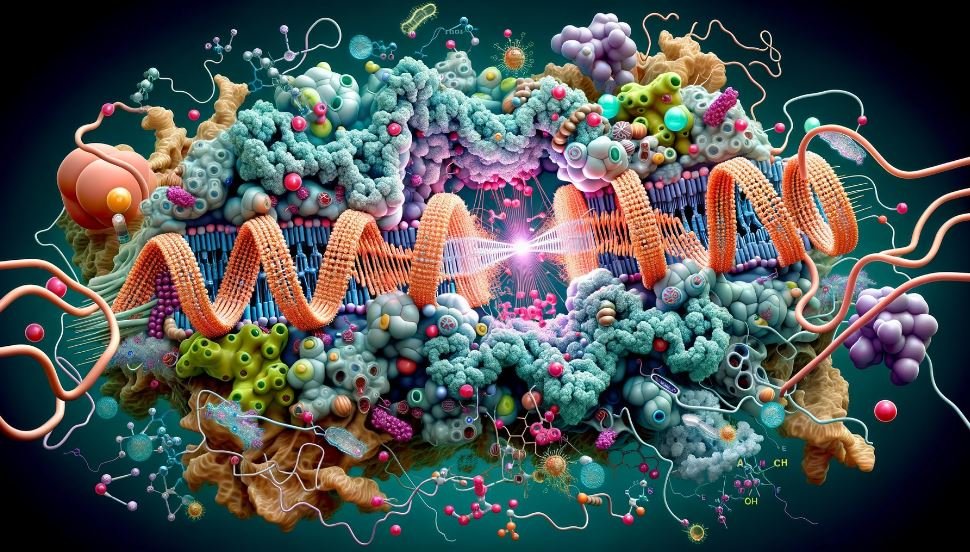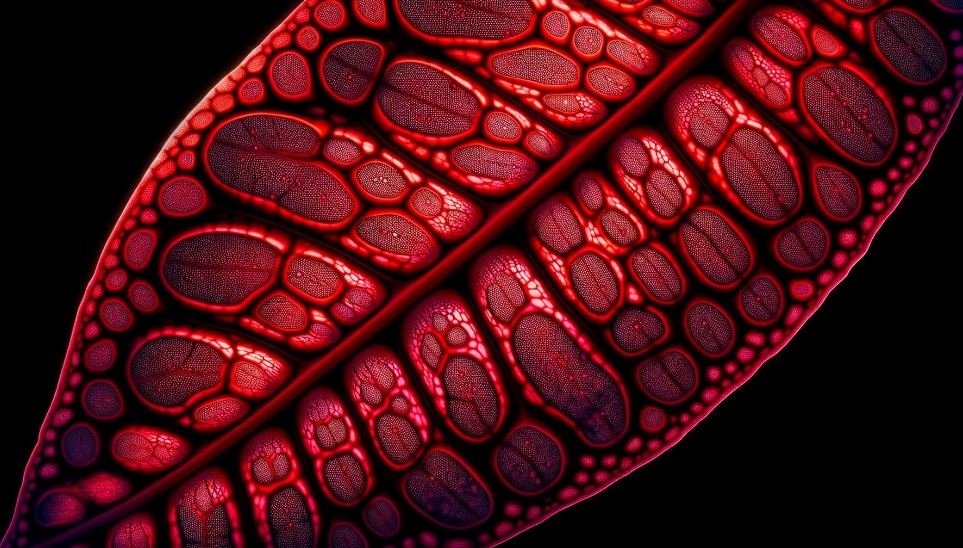Unveiling the Mysteries of phyB
Phytochrome B, often abbreviated as phyB, is a fascinating photoreceptor present in plants, helping them adapt and thrive amidst varying light and temperature conditions. This article provides a comprehensive dive into phyB, highlighting its importance in plant biology and its potential implications for agricultural advances.
PhyB: The Dual Sensing Marvel
The primary responsibility of phyB is its function as a photoreceptor, detecting the specific wavelengths of red (670 nm) and far-red (730 nm) light. What makes phyB uniquely intriguing is its ability to sense light and act as a temperature sensor for plants. This dual function equips plants with the necessary tools to adapt and evolve according to their environment.

Photobodies: The Hub of Action
Photobodies, intricate structures formed by phyB, are considered essential sites for multiple cellular processes such as transcription and protein degradation. Their dynamic nature allows them to adapt based on factors like light intensity and temperature changes. The stability of these photobodies is maintained by genetic components like PCH1 and PCH1-like (PCHL), ensuring the effectiveness of phyB’s functions.
The Molecular Impact and Broader Implications
Mutation in the phyB molecule has been shown to lower the expression of specific fatty acid desaturase genes. This change reduces the number of fully unsaturated fatty acids, giving plants a heightened tolerance against abrupt temperature fluctuations. It’s not just about survival; phyB also primes plants to face various environmental challenges, proving essential for their growth and resilience.
Interaction Web: The Protein Play
It’s not just the independent function of phyB that’s noteworthy. Its interaction with other proteins, including PHYTOCHROME INTERACTING FACTORS (PIFs) and CONSTITUTIVELY PHOTOMORPHOGENIC 1 (COP1)/SUPPRESSOR OF PHYA-105 (SPA) complexes, significantly influences the plant’s response to light and temperature. These interactions, leading to crucial processes like phosphorylation and ubiquitination, form the foundation of the complex regulatory networks governing plant reactions to external stimuli.
Delving into the Future: Agricultural Possibilities
Given the central role, phyB plays in equipping plants with the ability to sense and react to their surroundings, it emerges as an attractive subject for research in agricultural innovation. By understanding and potentially manipulating phyB functions, groundbreaking advancements could be created in creating more resilient, adaptable, and productive crops.
Concluding
In the vast realm of plant biology, phyB stands out as an exemplary molecule that aids plants in adapting and thriving in ever-changing environments. With its dual sensing abilities and intricate interactions with other proteins, phyB is the key to unlocking many secrets of plant growth and adaptability. As researchers continue to explore its potential, it won’t be surprising if phyB becomes a cornerstone in reshaping the future of agriculture.
Also, Read Postcard Printing: A Journey through Time and Techniques.
FAQs
What is phyB?
Phytochrome B, or phyB, is a photoreceptor in plants, vital for their adaptive responses to changes in light and temperature conditions.
How does phyB detect light?
phyB senses specific wavelengths of red (670 nm) and far-red (730 nm) light through a chromophore called phytochromobilin. When exposed to these light wavelengths, the chromophore undergoes isomerization, causing structural changes in the phytochrome protein.

Does phyB only sense light?
Besides its primary function as a photoreceptor, phyB also acts as a temperature sensor, allowing plants to adapt morphologically in response to temperature fluctuations.
What are photobodies?
Photobodies are membrane-less organelles formed by phyB. They are crucial sites for various cellular activities, including transcription, protein sequestration, and degradation. Their structure and function adapt based on light intensity, temperature, and the light ratio.
How does phyB mutation impact the plant?
Mutations in phyB can lead to reduced expression of specific fatty acid desaturase genes, resulting in fewer unsaturated fatty acids. This alteration makes plants more tolerant to temperature changes, showing greater resilience to environmental stress.
Which proteins interact with phyB?
phyB interacts with a myriad of proteins, including PHYTOCHROME INTERACTING FACTORS (PIFs), CONSTITUTIVELY PHOTOMORPHOGENIC 1 (COP1)/SUPPRESSOR OF PHYA-105 (SPA) complexes. These interactions are vital in the regulatory networks determining plant responses to light and temperature.

Why is phyB essential for agricultural innovation?
Understanding phyB’s function can pave the way for developing crops with enhanced resilience, adaptability, and productivity. By potentially manipulating its functions, crops could better withstand varying environmental conditions, promising a revolution in agriculture.
Can phyB be considered a dual sensor?
Absolutely. PhyB is unique in its ability to function as both a photoreceptor, detecting red and far-red light wavelengths, and as a temperature sensor, making it invaluable for plant adaptation.
How does phyB help in the survival of plants?
phyB equips plants to detect changes in their environment, be it light or temperature fluctuations. It primes them to tackle various challenges, ensuring their growth, survival, and adaptation to diverse conditions.
Is there ongoing research related to phyB?
Given its significance in plant biology, researchers are continuously exploring the potential of phyB. It’s anticipated to be a key component in reshaping the future of agriculture and plant sciences.








Discussion about this post